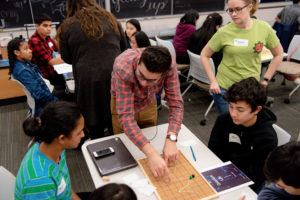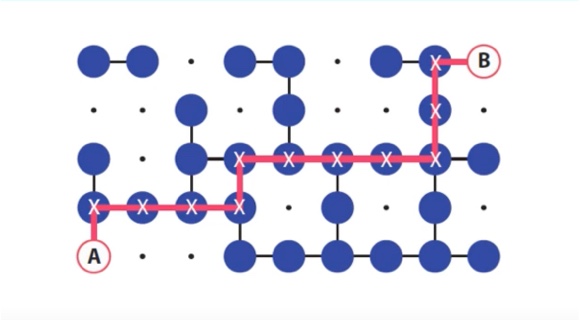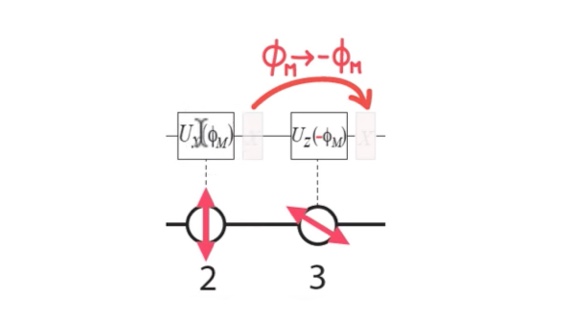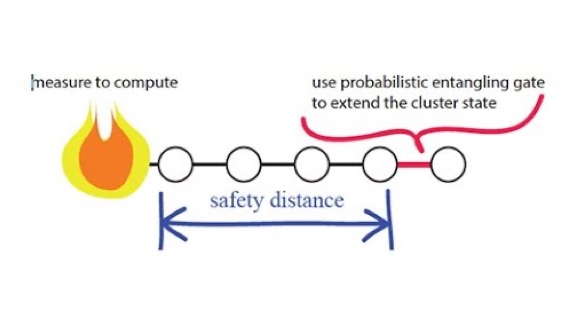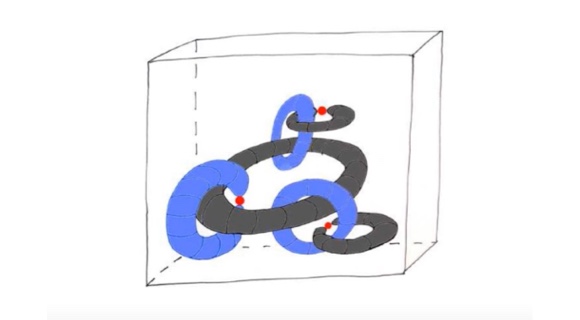Quantum physics has enormous potential to transform computing technology
When making the leap from classical computers to quantum computers, the logical processing and the physical basis for both change in dramatic ways, opening the door to non-intuitive properties such as superposition and entanglement. The elementary unit of information changes from bit to qubit, allowing for entirely novel ways of data processing.
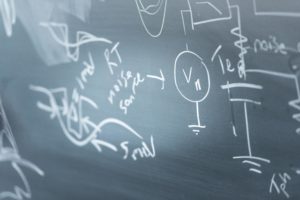
Beyond theoretical concepts, quantum computation is also gradually becoming an experimental reality, with Google’s “quantum supremacy” experiment in mid-2019 marking a very important milestone. Nonetheless, the difficulties in scaling up and in limiting the adverse effects of decoherence—a loss of quantum properties—are enormous, and it is expected that the quantum computers available in the next decade will be limited in the number of qubits, and the numbers of quantum gates they can execute.
In this current situation, we ask: What can be computed with 100 qubits in 10,000 quantum gates?
Our goal is to devise one or several families of quantum algorithms that, in their simplest instances, can be demonstrated with existing or near-future hardware, and with moderate further scaling up can lead to computational gains beyond existing classical computer hardware.
Approach and implementation
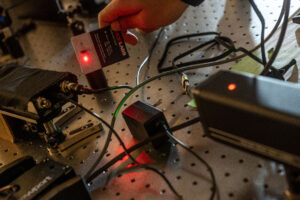
The proposed approach is to:
- Focus on the area of quantum materials;
- Expand capacity in quantum programming techniques, focusing on quantum simulation, quantum machine learning, and symmetry analysis; and
- Build capacity in quantum hardware, specifically a quantum simulator for fermions in one and two-dimensional lattices.
To implement this approach, three capacities and knowledge reservoirs will form the pillars on which this Grand Challenge is based, and the goal is to direct these tools to problems relating to quantum materials.
